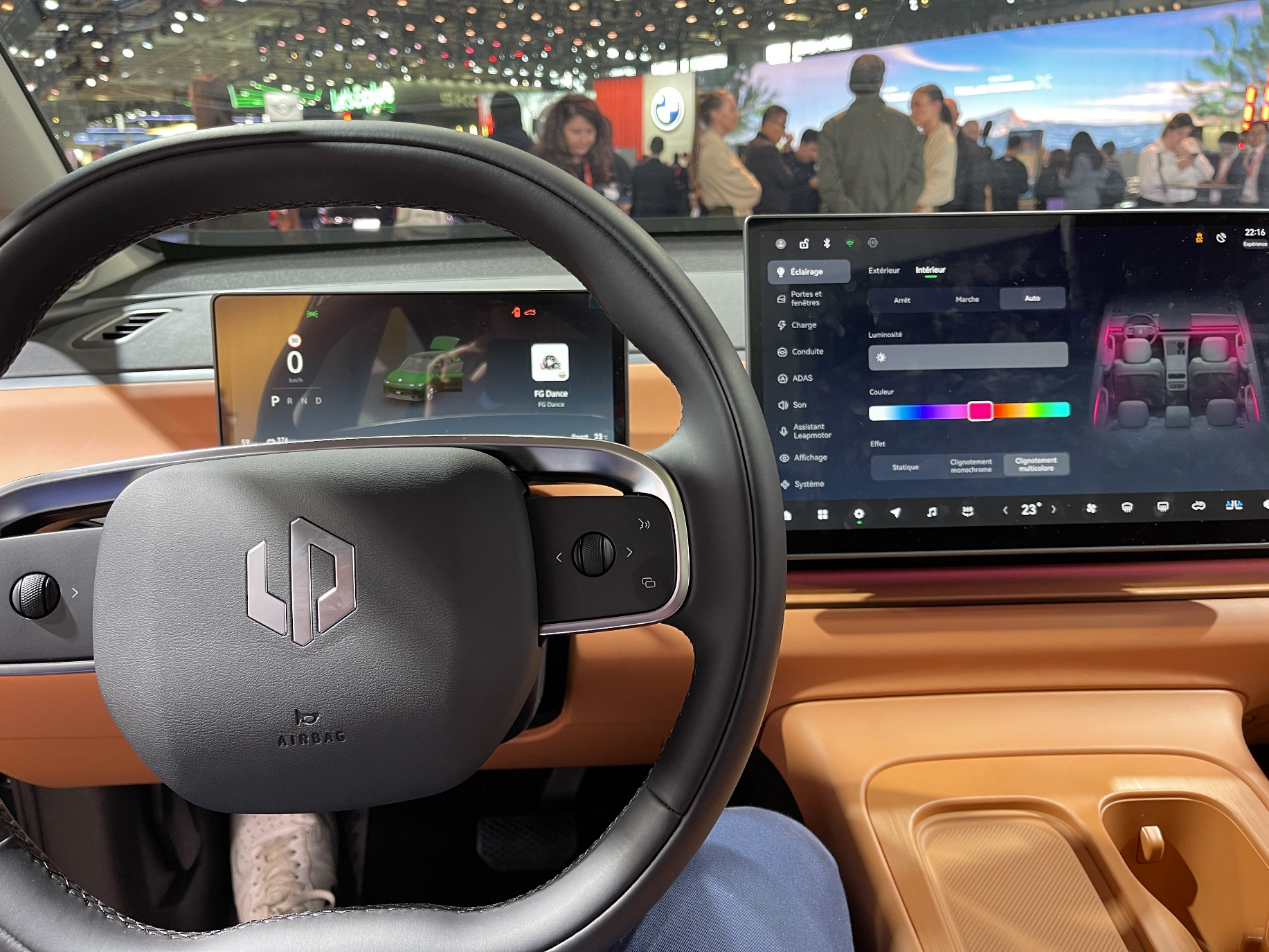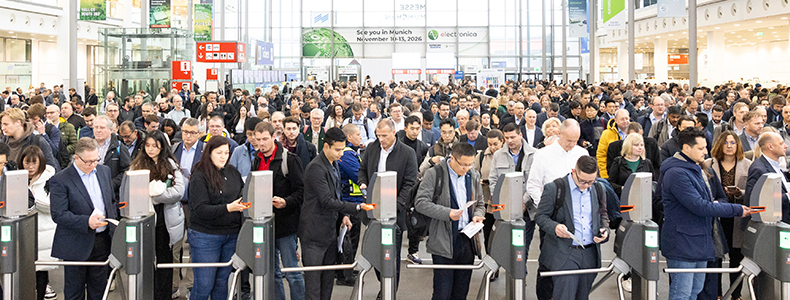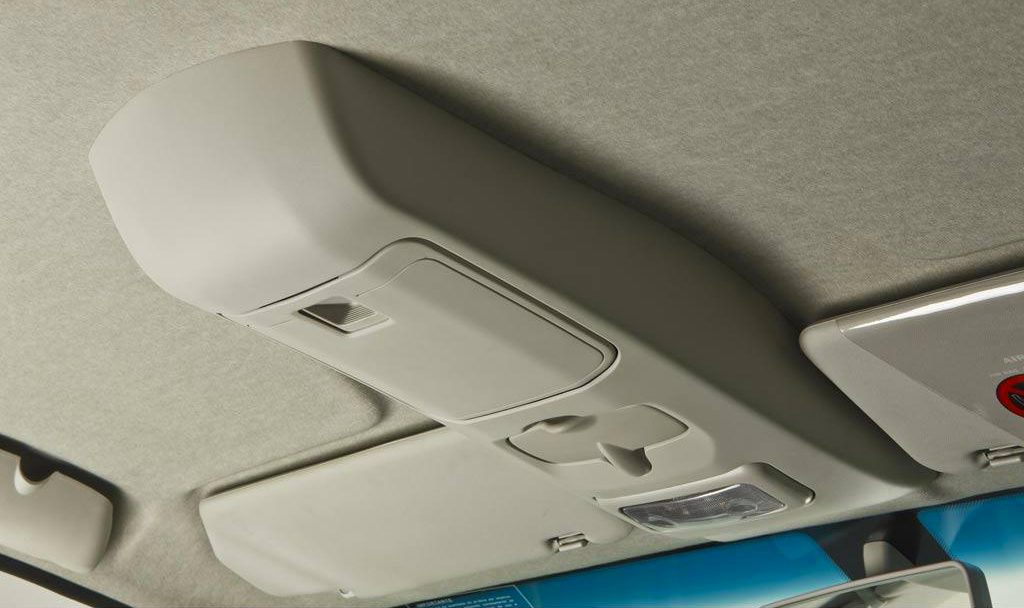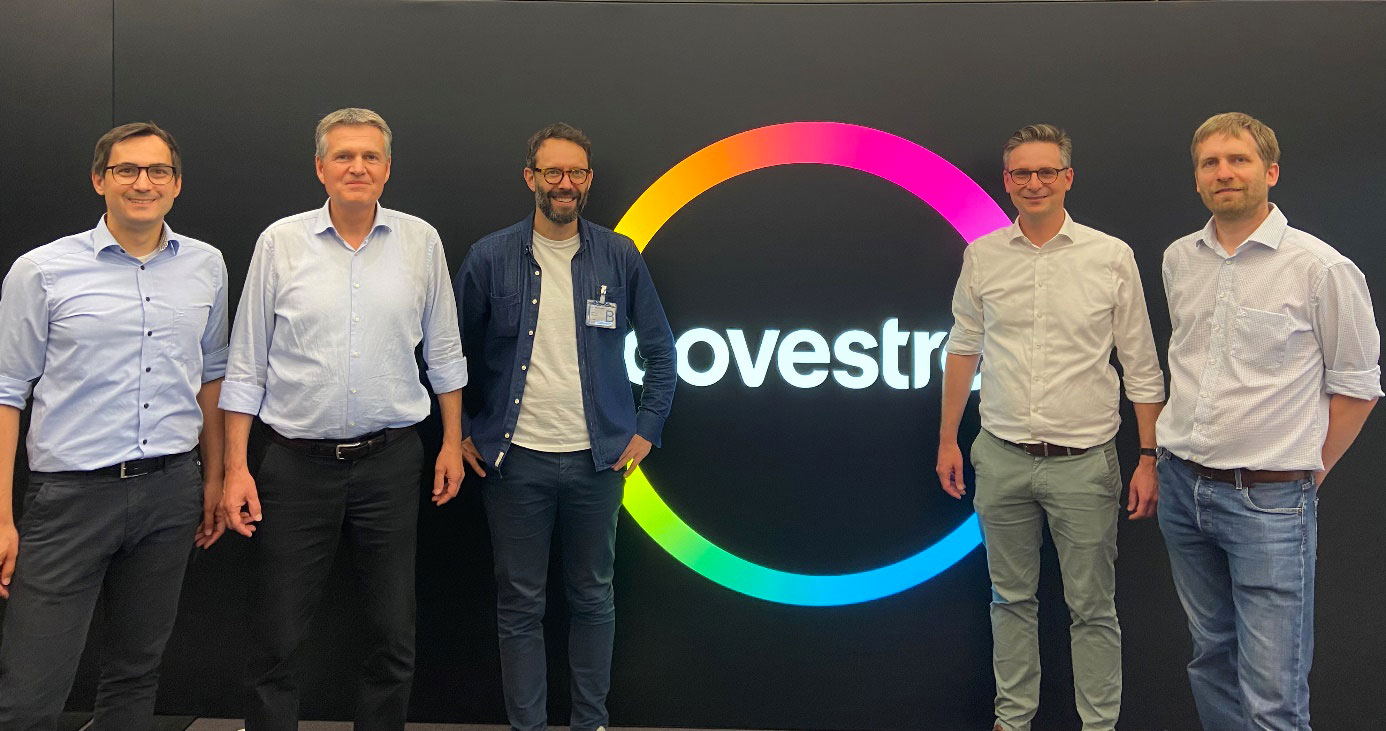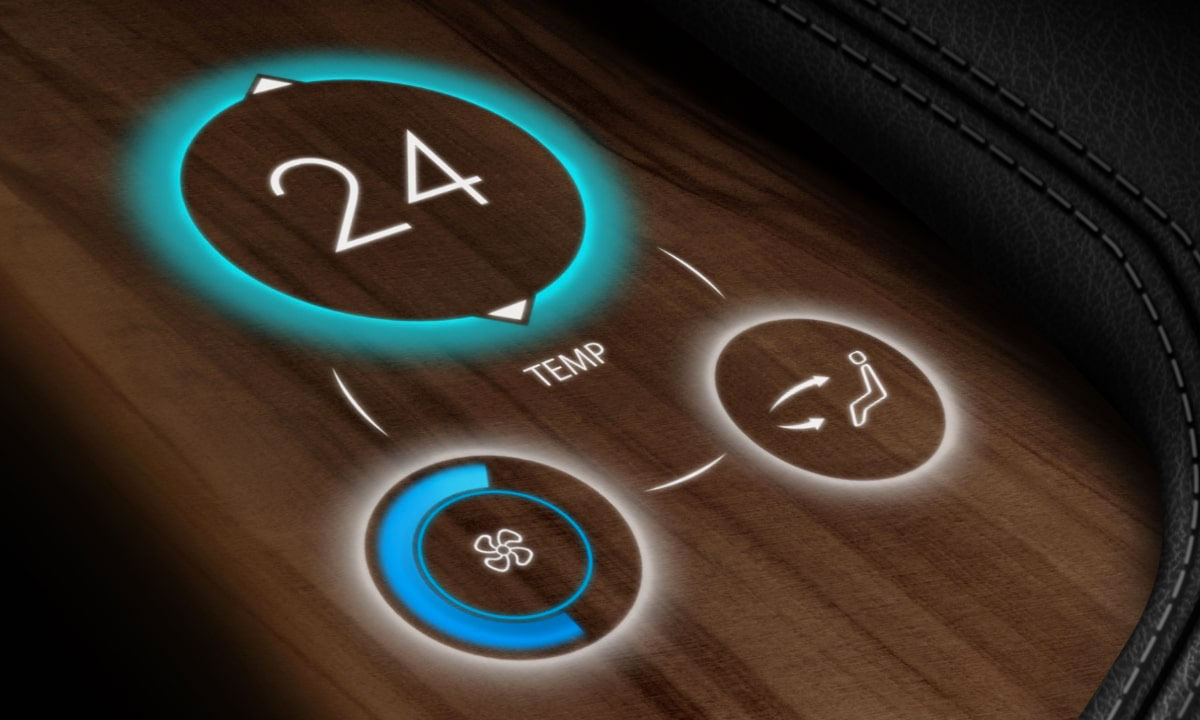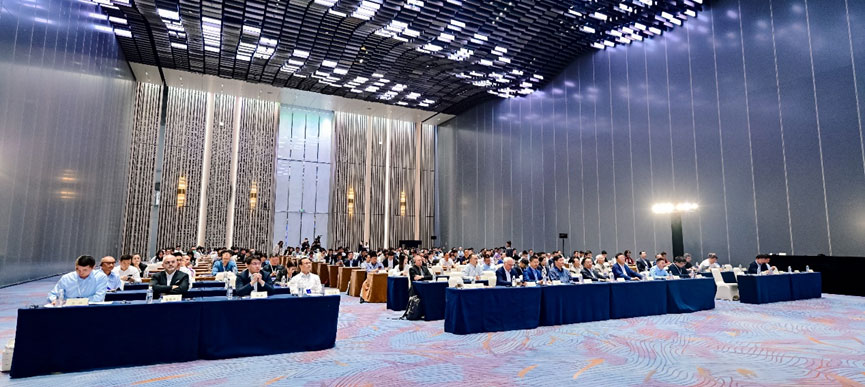Electronica, held this year from 12-15 November in Munich, celebrated its 60th anniversary as a leading trade fair for the global electronics industry. 3,480 exhibitors presented their innovations across the entire spectrum of electronics to about 80,000 visitors in 18 exhibition halls at the International Congress Center Messe München. Exhibitors travelled from 59 countries and regions; 76 per cent of them came from abroad. About 400 exhibitors presented automotive and display technologies.
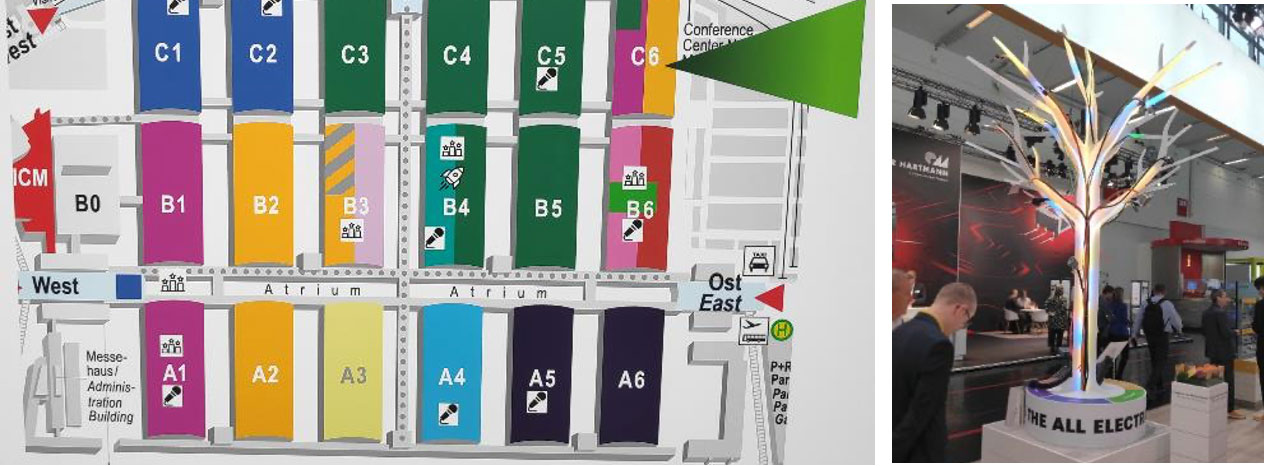
The event emphasized ‘AI’, sustainability, the future of mobility, and automotive advancements, with a significant focus on the future of vehicle interiors. The development of young talent sparked lively discussions at the exhibition stands and throughout the extensive supporting program. The equally successful SEMICON Europa took place concurrently in two halls. It brought together industry leaders from across the supply chain to provide insights into the advances that are driving sustainable growth in the semiconductor sector.
The day before the show started, an automotive conference was held with four great keynotes. The first was given by Google’s Michael Kollig, who extolled his company’s notion of the power of generative ‘AI’. He showed a video with a woman walking around an office with a smartphone with a running video function; she asked the AI all kinds of things, and the AI answered immediately—a lot of “what is this” questions, including a screenshot of C++ code on a PC, which the AI interpreted, a handwritten schematic on the whiteboard which the AI improved, and “where are my glasses?”—they’d been visible for a short time at the beginning, and of course the AI in the video ‘knew’ where they were. The other three keynotes by Infineon, Wolfspeed, and Hitachi were also of a high standard.
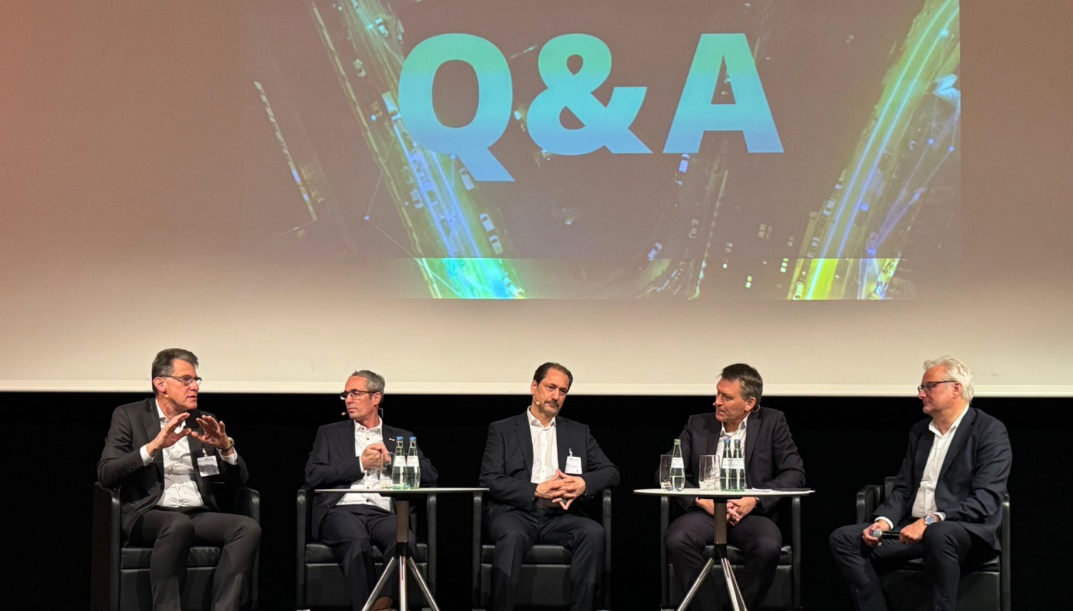
Samsung Semiconductor Europe COO and SVP Jens Kahrweg spoke on auto interior and cockpit trends and how to overcome challenges with semiconductor solutions. Kahrweg has been instrumental in the success of his company’s System LSI business, which designs core semiconductors. His key topics included the role of generative AI in cockpit innovation and how memory, computing power, sensors (including UWB for health monitoring), and display technologies are addressing these trends.
Yangfeng’s Christophe Pincemin spoke about interior lighting trends in China and Europe. Pincemin started his career in the automotive industry 26 years ago after studying materials engineering. After management positions around the world at Mecaplast, Novares, and Antolin, he joined Yanfeng in 2020, where he is now Executive Director of Smart Surfaces and Lighting. In his presentation, he said global trends and customer demands influence our daily work in developing our products and improving the overall customer experience.
AMS Osram’s Mobility and Illumination Product Marketing Director Stephan Eicher’s talk was entitled, “How Cutting-Edge LED Technology Enables Trends in Interior Lighting”. He explained that lighting plays an increasingly important role in the user experience and is now seen as a key differentiating feature and design element. So, it makes sense that new applications for interior lighting are constantly being explored.
ST Micro’s Alfonso Furio presented on CAN FD Light, which is a network protocol for controlling modern vehicle lighting. Lighting is rapidly and continuously evolving to improve safety and driving comfort. At the same time, it is a key element of vehicle design for automaker branding. This is happening in parallel with the rethinking of the entire E/E architecture, opening the door to optimized communication protocols such as CAN FD.
Electronica Opening Ceremony
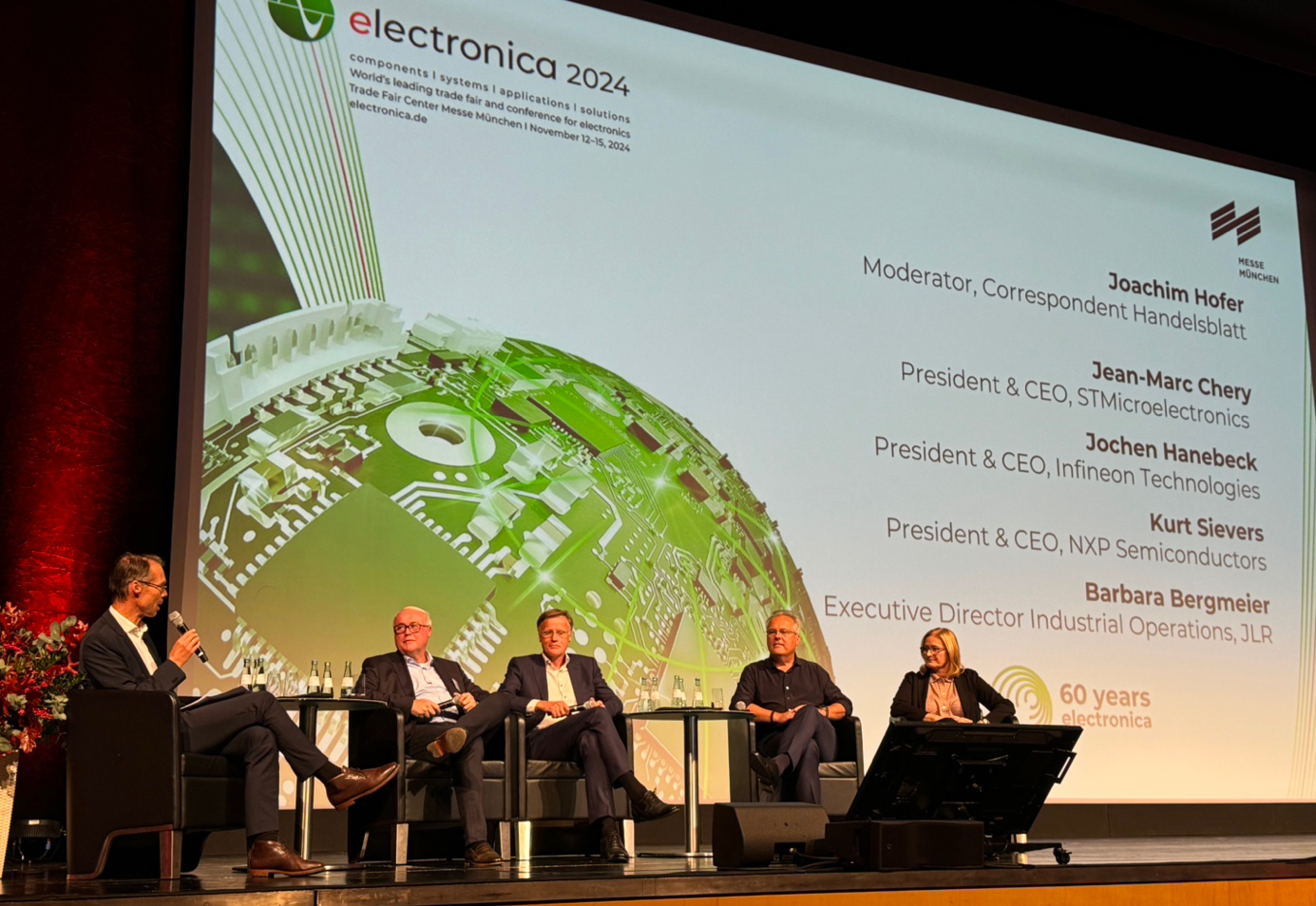
The official opening event of Electronica was on Monday evening; 450 guests were invited for a grand opening with official honors, a CEO panel discussion, and an opening party. The semiconductor industry CEO panel discussion was chaired by Handelsblatt journalist Joachim Hofer, who is well-known in Germany. He asked tough and politically-charged questions which the panel of CEOs at first refused, then answered with more and more details as they warmed to the subject.
Some statements from the discussion:
- Every government supports its national semiconductor industry, but no country can ever be independent on its own.
- Predictability of government decisions, including taxation, is essential for planning our business.
- The AI boom will lead to a hardware boom, including sensors. AI will help avoid unplanned factory downtime.
- EU AI regulations are never fast enough to keep up with technology development. This takes time and we in Europe will not have access to the latest AI models.
- CO2 reduction is good and necessary but should please proceed along the Pareto line.
- There is no way to work without China. Their talent pool is bigger, and their energy costs are lower.
- We will have another semiconductor crisis because of the tactical behavior of some in the supply chain.
Trends in Automotive Interior Technologies:
Ambient Lighting and ‘Smart’ Controls
Ambient lighting systems featured prominently, with exhibitors presenting technologies enabling customizable, dynamic lighting for vehicles. Smart controls, including touchless and voice-activated systems, highlighted the ongoing shift towards intuitive, user-centered interfaces. These innovations promise safer, more engaging driving environments.
Displays
Transparent display are coming, with potential applications on side windows and windshield. Foldable displays are coming, too. Both of these could shove aside the Tesla-type tablet design currently dominating center stack displays.
Sustainable Design Approaches
Exhibitors showcased sustainable materials for interiors, including recycled plastics and energy-efficient components. This aligns with the automotive industry’s push toward carbon-neutral manufacturing and eco-friendly vehicles.
‘AI’, Connectivity and Personalization
IoT-enabled systems were another highlight, offering personalized cabin experiences by syncing with user preferences. Technologies such as over-the-air updates for software-driven features and ‘AI’-assisted learning systems demonstrated how interiors are becoming adaptive to individual needs
Electrification
Advanced systems to support EV infrastructure and interior integration dominated the innovation landscape.
Safety and Comfort
Emphasis was placed on features like dynamic lighting systems, proximity sensors, and acoustic solutions to improve user experience.
Acoustics
Directional speakers allow sound to be directed specifically to the driver or passenger for personalized experiences. Active noise cancellation is essential for reducing external noise, especially in electric vehicles with no engine and drivetrain noises.
Exemplary Exhibitors in the field of Automotive Interiors:
AMS Osram
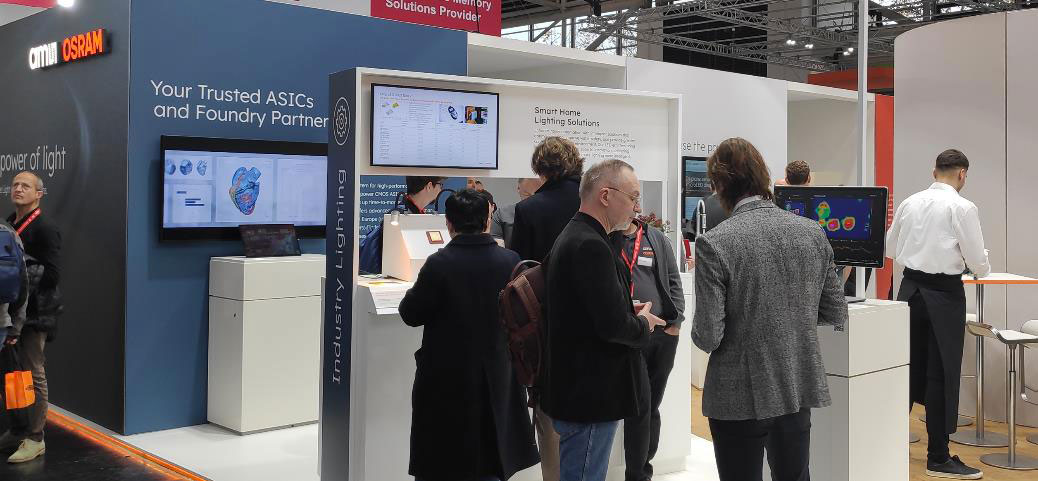
AMS Osram demonstrated their contributions to automotive lighting and sensor systems, focusing on safety and user experience. One such innovation is their Eviyos LED system, designed for high-resolution projection of safety symbols directly onto roads to improve nighttime visibility and communication between vehicles and pedestrians. Additionally, their Osire RGB LEDs, capable of synchronized dynamic ambient lighting, and proximity sensors for touchless control interfaces, are driving advancements in interactive interior designs.
Inova
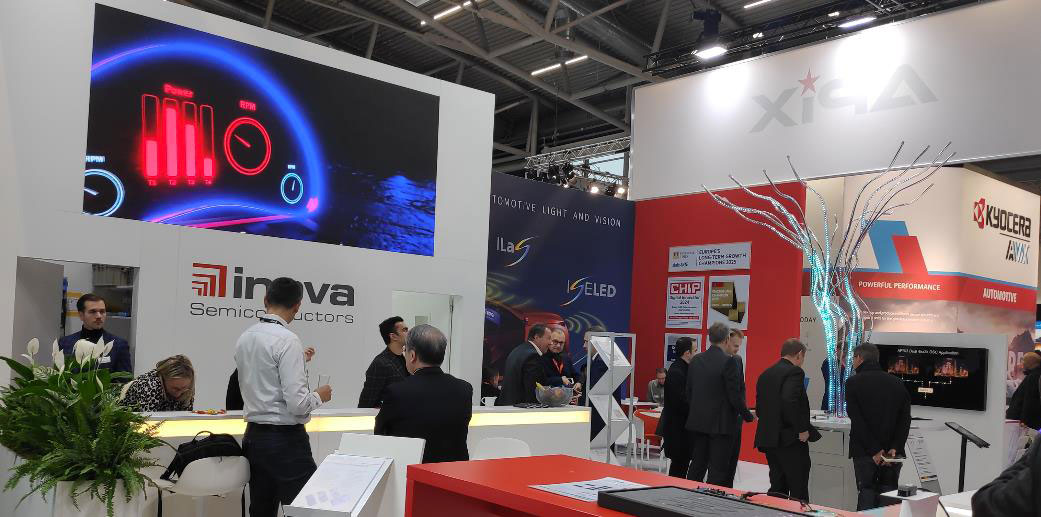
Inova showcased their APIX (Automotive Pixel Link) technology, which supports high-resolution video transmission over longer distances within vehicles. The APIX3, in particular, ensures seamless integration of displays, making it suitable for infotainment and ADAS. This technology contributes to the development of immersive and efficient automotive cockpits. For dynamic ambient lighting, Inova presented their ILAS system for the control of ‘smart’ ISELED LEDs.
Grewus
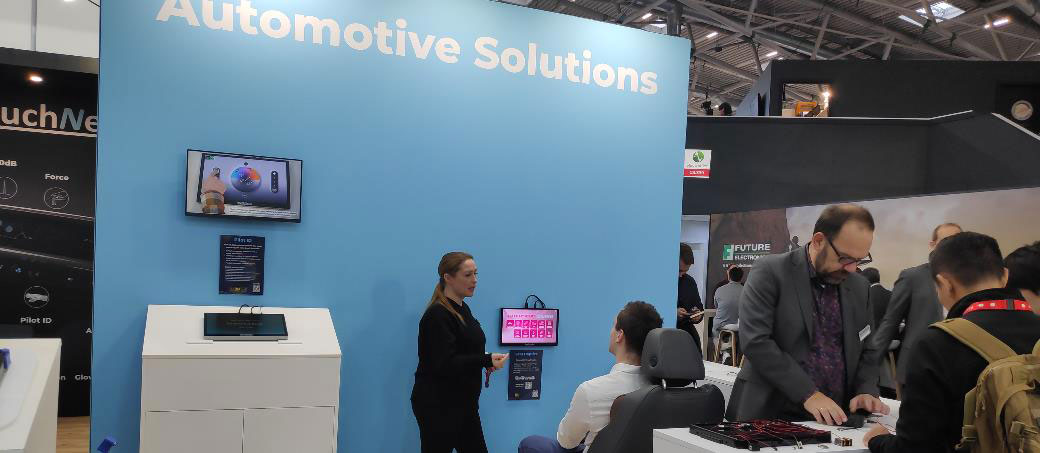
Grewus focused on haptic components. Their haptic actuators aim to provide tactile feedback for interactive displays. These improve user interaction with infotainment systems, aligning with the demand for immersive in-cabin experiences. They presented a seat with multiple actuators for an intuitive information and signaling to the driver regarding driving situations and their behavior.
The Grewus display also included sound design for safety features, such as warning systems and improved voice command recognition, ensuring seamless integration of acoustics.
TouchNetix
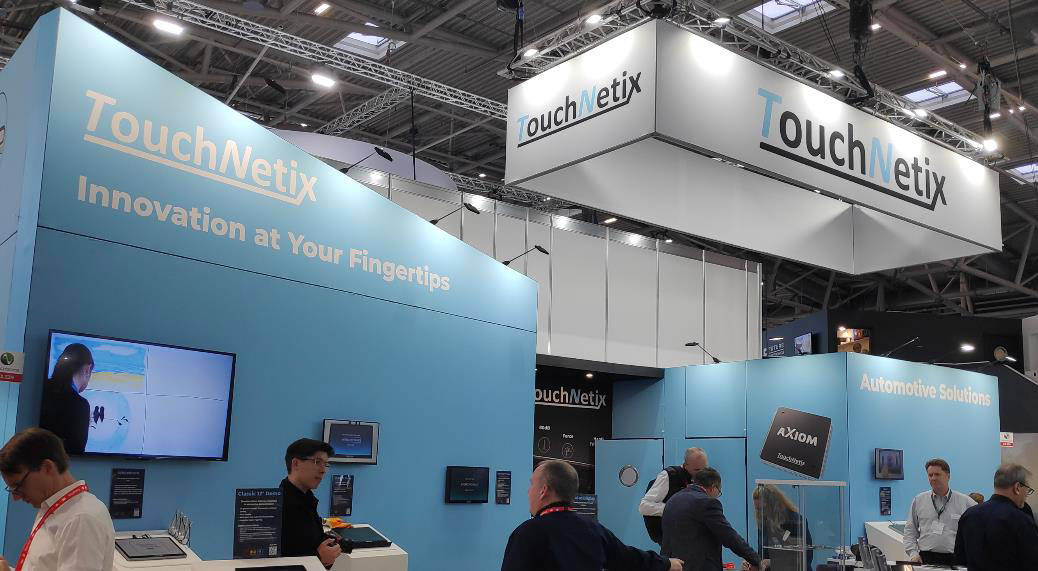
TouchNetix presented their automotive touchscreen and haptic technologies; their Axiom platform highlighted intuitive user interfaces and tactile feedback systems tailored for in-car display safety and usability. The touch controllers demonstrated advanced noise immunity and multi-touch capabilities.
Kurz / PolyIC

Leonhard Kurz introduced a novel coating technology that mimics the premium aesthetic of glass for plastic displays, offering deep black tones and sharp contrast. This improves aesthetics and functionality, integrating seamlessly with in-mold decoration (IMD) technology for touch-sensitive controls.
Kurz collaborated with Swarovski to create the ‘Crystal Steering Wheel’, which combines elegance with functionality. Integrated touch sensors allow crystal elements to control vehicle functions while maintaining a luxurious design. Additionally, Kurz’s partnership with AMS Osram enabled innovative ambient lighting designs by embedding mini-LEDs into IMD panels, achieving hidden-until-lit effects.
Samsung
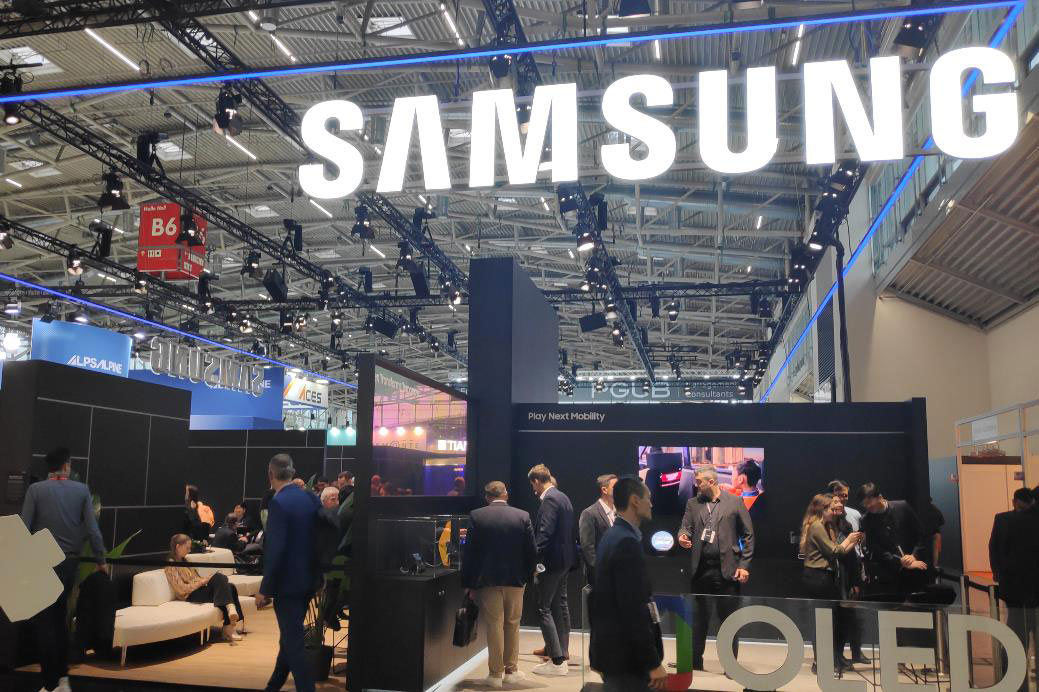
Samsung’s contributions spanned multiple domains, including:
Memory solutions: automotive-grade LPDDR5X memory and detachable AutoSSD for ‘server on wheels’ innovations, crucial for ADAS and ‘AI’-driven cockpit systems.
Sensor solutions: ISOCELL sensors with advanced HDR and LED flicker mitigation for improved autonomous driving safety.
Display innovations: foldable OLED panels and panoramic 34-inch automotive displays with 6K resolution, tailored for immersive and ergonomic cockpits.
Adient
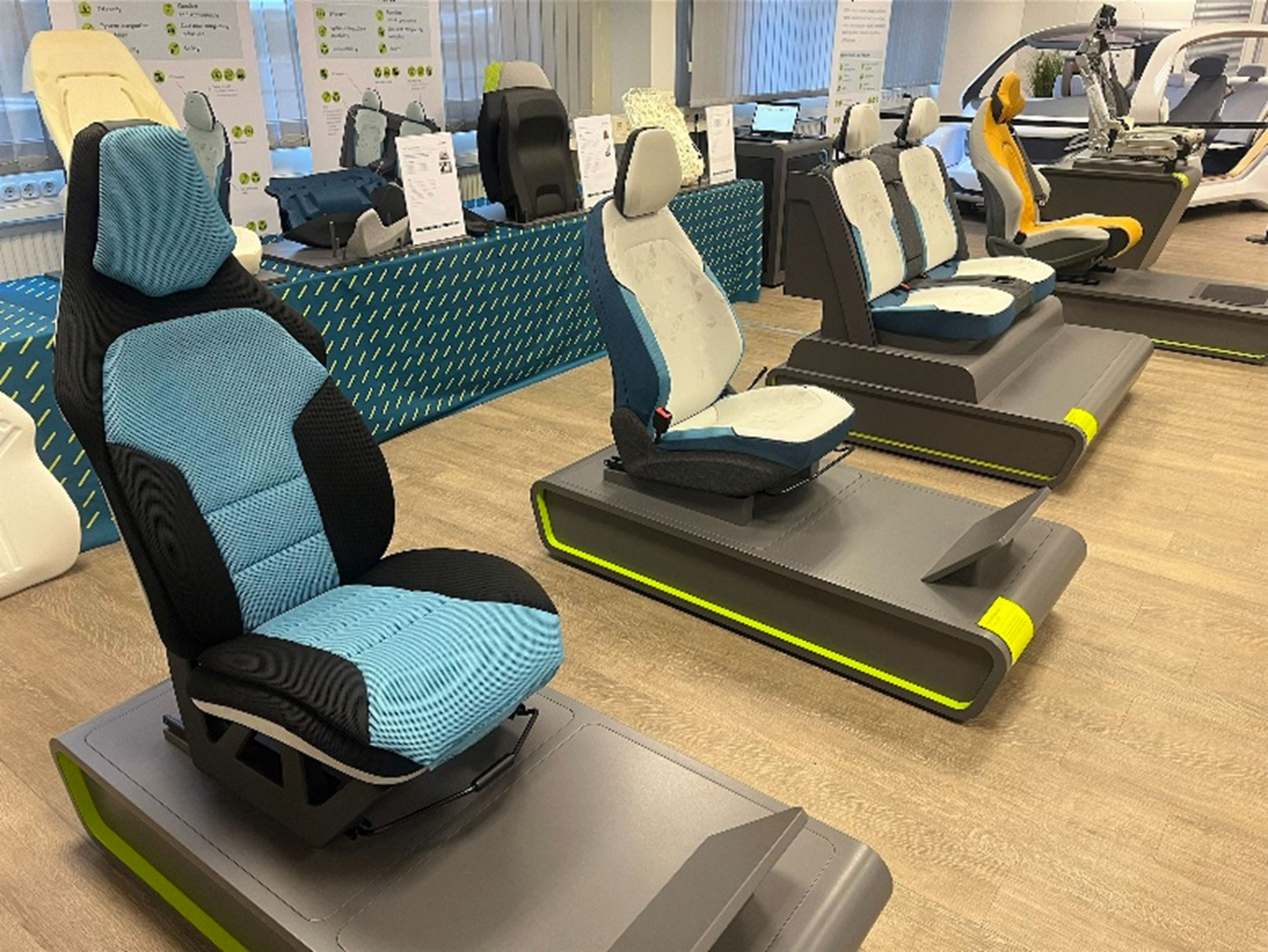
Adient’s booth highlighted advancements in seating technologies, particularly those integrating smart sensors and comfort-enhancing features. The emphasis was on sustainable materials and modular designs.
Ansys
Ansys focused on simulation tools for optimizing electric vehicle performance and autonomous driving systems. Their software solutions support the development of zonal E/E architectures and safety-critical applications.
ASAP Engineering
ASAP displayed their expertise in developing modular systems for the automotive sector, including adaptive lighting and sensor solutions for ‘smart’ interiors. Their showcased innovations also included prototypes for driver interaction systems.
Rebo Lighting & Electronics
Specializing in high-precision electronic components, Chongqing Rebo revealed their latest advancements in connectivity and robust electronic modules designed for harsh automotive environments. Their focus was on IoT-enabled solutions that enhance vehicle-system communication. See our previous coverage.
Coindu
Coindu’s innovations in textile and leather components are aimed at improving tactile comfort and aesthetics while adhering to environmental sustainability goals.
Elmos Semiconductor
Highlights included ICs for advanced motor control in e-mobility applications, enabling intelligent management of actuators, pumps, and valves to enhance efficiency and safety in electric vehicles. Their innovations in ambient lighting systems, touchless gesture recognition, and lidar concepts were particularly relevant for the future of automotive systems.
Global R&D SMP
Highlighted collaborative projects in developing integrated platforms for automotive and industrial applications. Their contributions included embedded systems that support ‘AI’-driven automotive interiors, aiming for better safety and user experience.
Grupo Antolin
Antolin unveiled a collaboration with E Ink, presenting dynamic surfaces using e-paper technology. This enables customizable interior designs that improve user experience while improving energy efficiency through ‘smart’, low-power transitions. See our previous coverage.
Melexis

Melexis presented their integrated sensor solutions for HMI applications, including touchless gesture controls and climate control systems.
Mitsui Chemicals
Mitsui emphasized material technologies for sustainable development. They introduced innovative chemical solutions targeting circular economies, such as materials optimized for lightweight automotive components and durable coatings. Their focus included green technologies, recycling methods and reduced environmental footprints, along with materials for better vehicle comfort and energy efficiency.
Panasonic Automotive
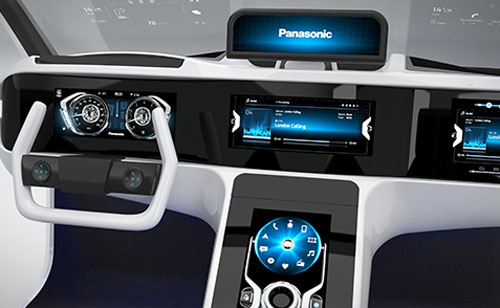
Panasonic showed their advanced in-car entertainment and connectivity solutions, including OLED displays and integrated lighting systems that cater to the evolving demand for personalized interior environments.
Seoul Semiconductor
Seoul Semi focused on high-efficiency LEDs and modules for automotive interior lighting, emphasizing energy savings and long lifespans. Their solutions cater to adaptive and ambient lighting systems for greater driver comfort.
Seoyoneh-EWHA
Seoyoneh-EWHA ranks 82nd among global automotive suppliers (per Automotive News). They presented solutions in precision engineering and component manufacture for automotive interiors. Their highlights included new electronic interface systems tailored for seamless integration with modern vehicle designs, reliability and compactness.
SMR (Samvardhana Motherson Reflectec)

SMR demonstrated their latest ‘smart’ mirrors with integrated displays, lighting features, and driver-assistance technologies. These products address the growing trend of advanced functionality.
Toyota Boshoku
TB focused on sustainable and modular interior components, including climate-responsive materials and innovative storage solutions for better use of space inside vehicles.
Valeo
Valeo presented advancements in ambient lighting and climate comfort systems, integrating sensors and software for better in-cabin experience.
Conclusion
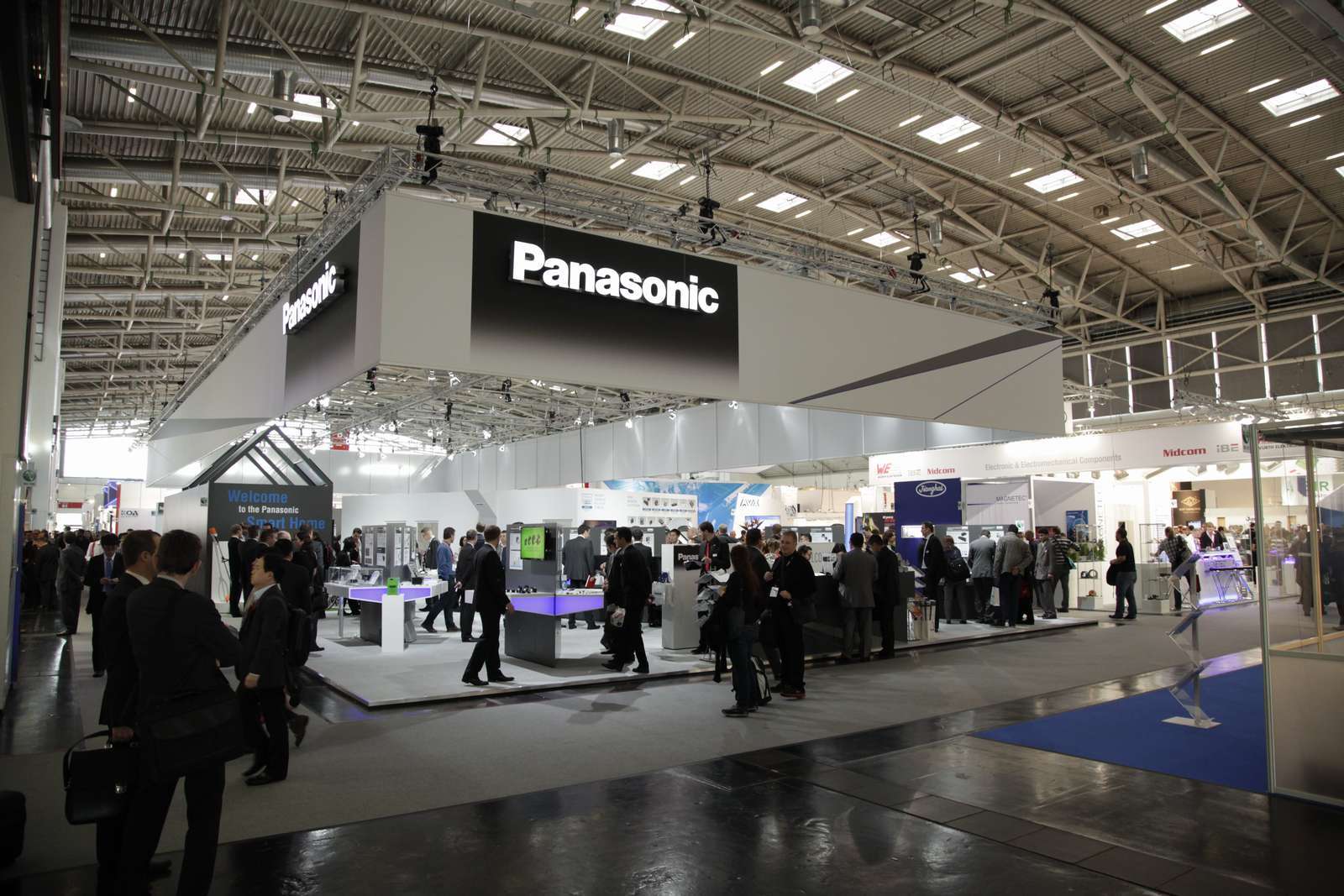
The show emphasized the convergence of functionality, design, and sustainability with significant focus on automotive interiors. With contributions from companies like Samsung, AMS Osram, Inova, Leonhard Kurz, Grewus, Valeo, and many more, the future of vehicle interiors is set to be more interactive, aesthetically refined, and environmentally conscious. These innovations highlighted the pivotal role of electronics in shaping modern mobility solutions.
